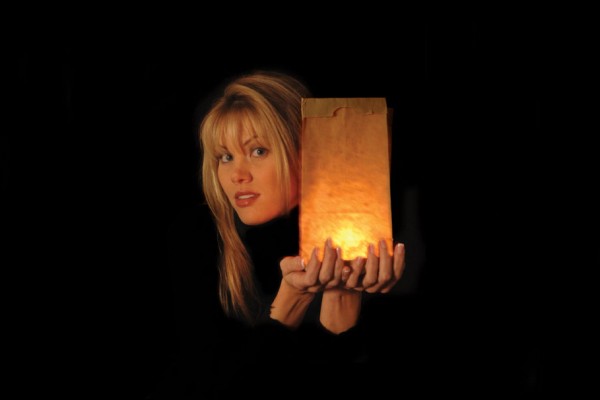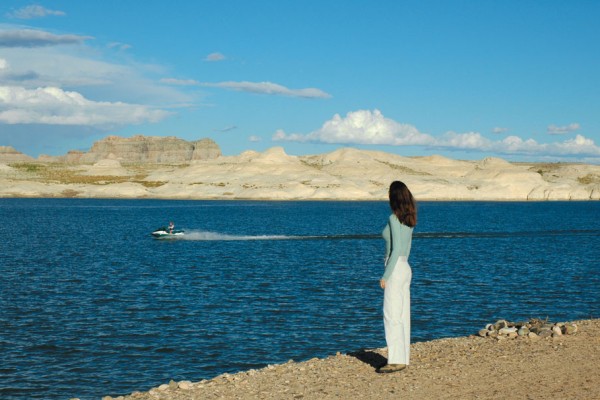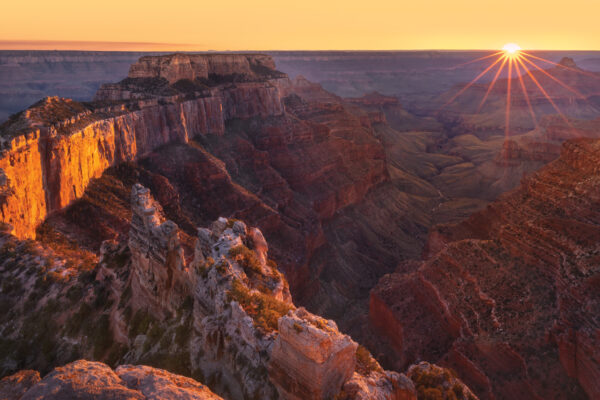Continued (page 2 of 3)
Did it affect planning for this year when you learned the Cultural Park [Festival site since 2000] was closing?
We didn’t know it was closing the day after our event until everyone else did. But that was the end of September 2003, so we did have quite a bit of advance notice that we were going to have to find a new venue. I think the hardest part was never really knowing for sure if [the Park] was going to be back as an option this year. And so, we probably waited a little longer in making our decision [of where to hold the festival] because of that. But eventually it came to the point where we needed to start signing contracts with performers, and you can’t sign contracts without knowing your venue. I think the Radisson will be beautiful – its shade trees alone are a real treat to anybody from Phoenix who’s coming up here!
Does the Festival bring a lot of people into Sedona from out of town?
Most years, 50-60% of our audience comes up from Maricopa County, we have about another 25-30% coming from out of state, and then that other portion largely comes from other parts of Arizona. Our paid local audience is smaller than you might think. We have between 200 and 300 local volunteers, who might otherwise be buying a ticket. Locals can usually show up and buy a ticket on Saturday, but we really encourage people to buy in advance. Some events do sell out – the Sunday jazz brunch, or the shows in the smaller venues. We may do 100-150 tickets on day-of-show [for Saturday’s festival program], but of the 4,500-5,000 who attend that’s obviously a very small percentage.
How do you book the Festival lineup?
We have an artists’ selection committee, which is made up of some of our Board members, some big jazz fans in town, and myself. We look to see who’s got new CDs out, who’s getting a lot of radio play. We do audience surveys every year so we see who the audience is interested in – that we can afford [laughs]. And then we usually think about artists we’d like to have return. We find returnees are very enthusiastic and kind about maybe reducing their rate, which for a nonprofit is so important. It’s a little bit of all those elements – talent, popularity, and negotiation.
What do the performers generally seem to respond to about playing in Sedona?
Our setup really gives them more of a sense of getting to know people and the town. We love for them to come up early, which is a concession on their part because [Saturday’s performers] are potentially turning down a Friday night gig to get up here on time for our early start.
But it also gives them a connection, and a little time to breathe and relax. I remember when Herbie Hancock came up, we were his 18th straight night performing – I mean, what’s enjoyable about that? On a plane, play a gig, back on a plane, play a gig, over and over. This is just a little slower pace, when they come to Sedona. Most of them, if they’ve never been here before, the next time they come, they stay. After the first time he was here, Dave Koz – who’s playing this year – decided to come back to spend the Millennium New Year in Sedona.
Are there any ways you’d like to see the festival expand?
We’ve talked a lot about trying to do some sort of Emerging Artist program. For instance, we had Diana Krall here when hardly anybody knew her. We’d like to offer something a little different than the acts we usually see in Arizona.



